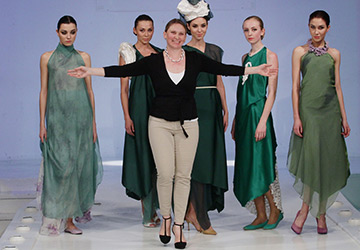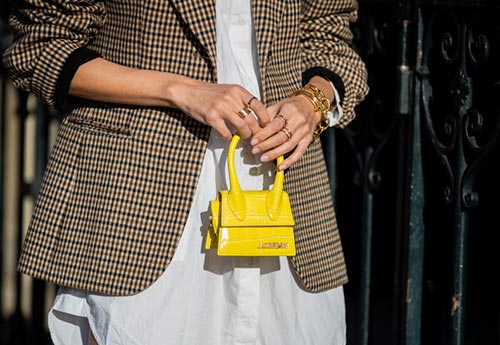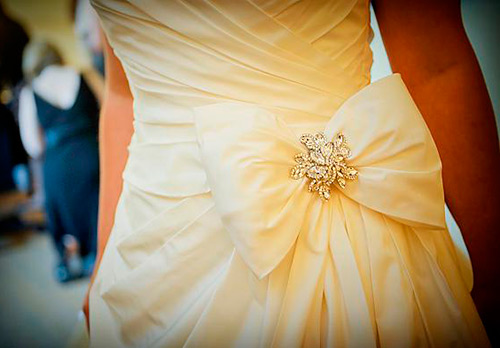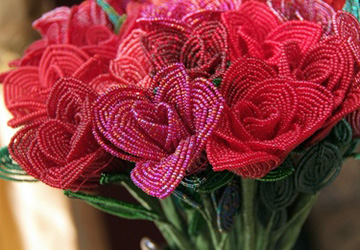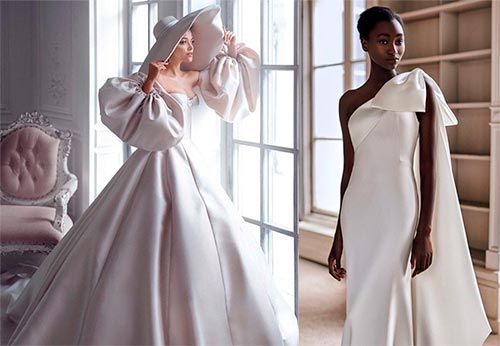Fashion history
Port bouquet - a forgotten accessory from the past
The world of fashion is considered to be cruel, but today we will not remember the broken life of a loser model who could not realize her fabulous dreams in the modeling business. Let's talk about the cruelty of the fashion world in relation to clothing and accessories.
Many wonderful accessories have disappeared irrevocably and now we can see them exclusively in museums and on the pages of books on fashion history.
One of these forgotten accessories is a port-bouquet, also known as a porte-bouquet or a posy holder, or a tussie-mussie. This accessory is a stand for a flower bouquet brought to a lady.
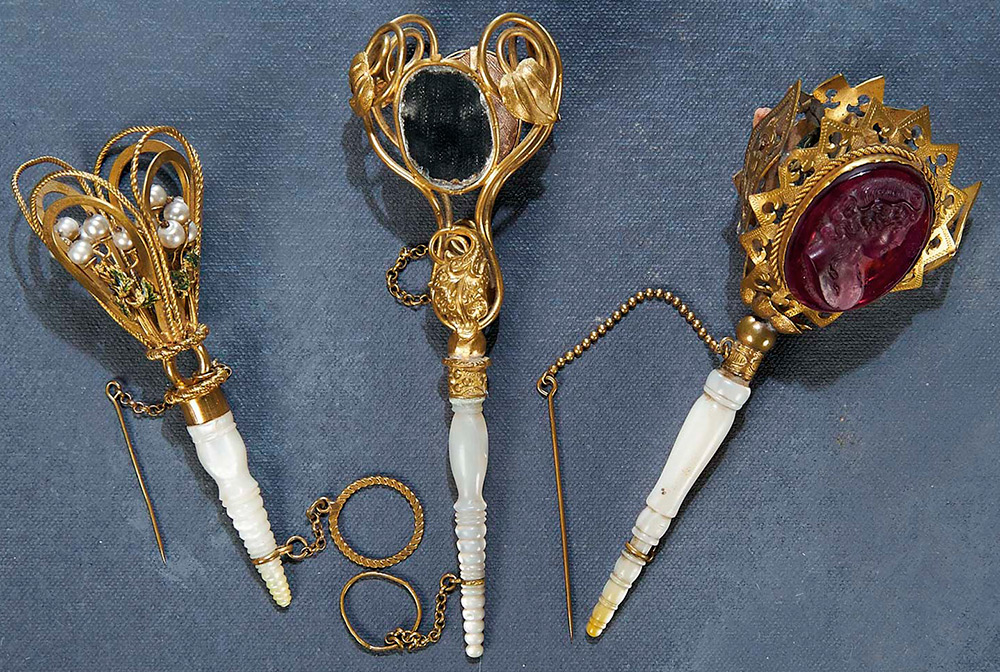
Port-bouquet was made of hard paper, and sometimes - of silver, gold or other metal and resembled a small vase in shape. It is believed that the port-bouquet is the general name for the accessory-holder for a bunch of flowers. It can be attached to clothes, held in the hand, it can be on a chain that is held on the wrist or belt.
This accessory came into vogue in France during the reign of Louis XIVand then gained popularity in many countries. In the 17th and 18th centuries, clothes and hair were often decorated with flowers, which were placed in small bottles, so that the flowers retained their aroma and freshness.
Fragrant bouquets were also worn to prevent diseases. People believed that pleasant smells not only heal the body, but also prevent infectious diseases and epidemics such as the plague. It was believed that fresh flowers are not only decoration, but also protection, it is on this belief that masks of "plague doctors" with incense are based. In fact, flowers did not save anyone from the plague ...
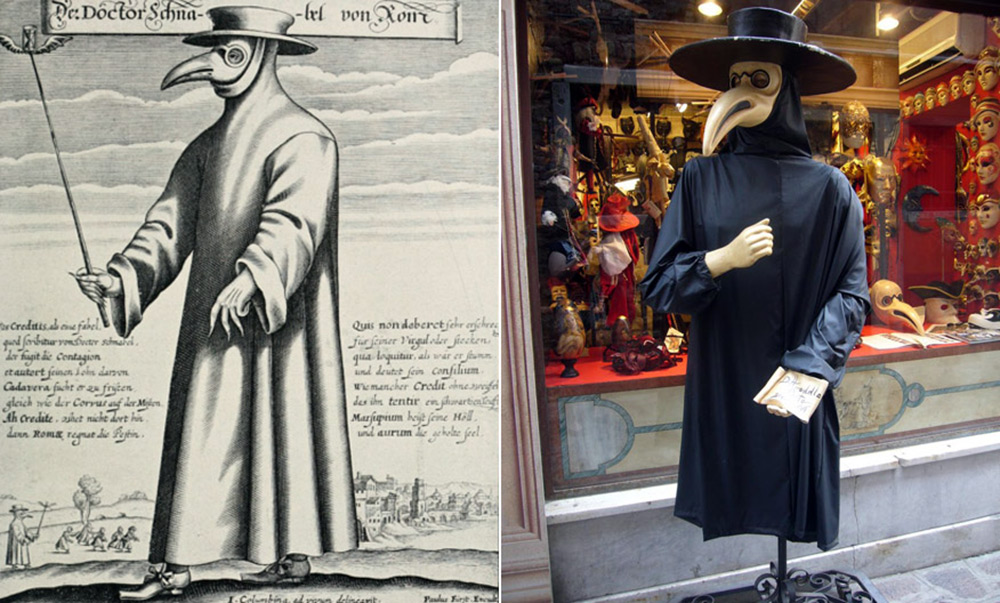
Typically, a port-bouquet consisted of a cone or horn-shaped vase made of one or more materials: gold, silver, bone, or mother of pearl... They were decorated with enamels, precious stones, pearls, miniatures, as well as mirrors for discreet peeping, which was important for strict etiquette.
The most complex port-bouquets in design had legs that allowed them to turn into small flower vases.
Later, in the 19th and early 20th centuries, they became a fashion accessory for girls. Flowers presented by the gentleman were collected in a bouquet and demonstrated in the event of courting. It could be worn like a chatelaine - on the waist, bodice, or simply on a ring or chain worn on the arm.
In the 19th century, port bouquets reached their peak in popularity, they were presented as an official gift, as well as in memory of historical meetings or events.
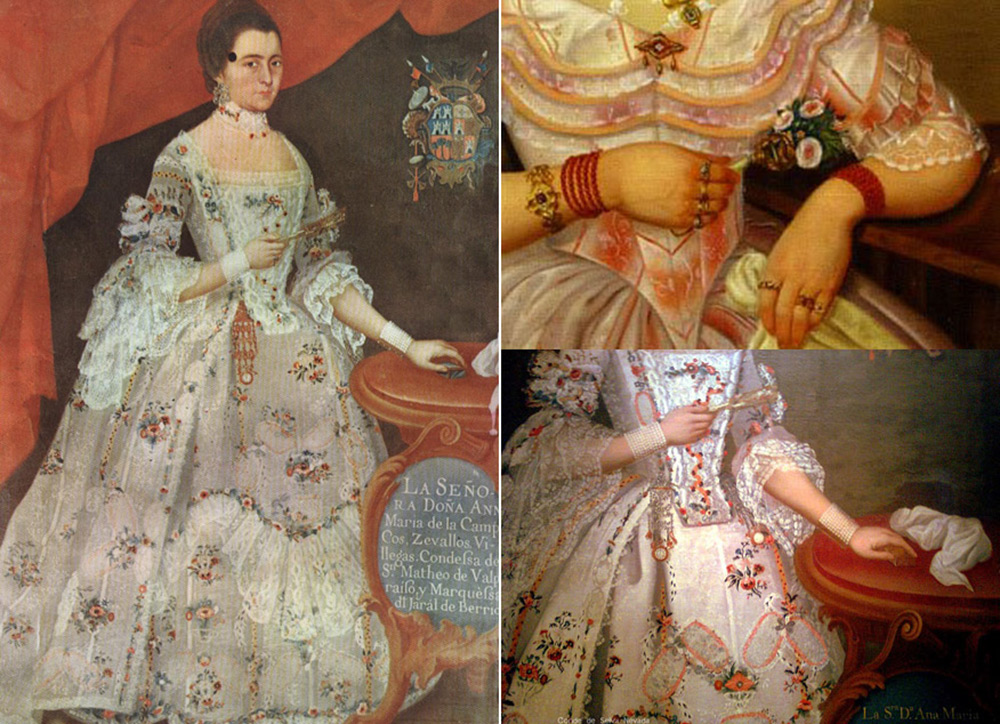
Some port bouquets had small mirrors, just like ball fans. In them it was possible, imperceptibly for others, to consider the person of interest to you, and they also sent signals in a kind of flirting. It was considered extremely indecent to flirt with a girl in public, so cunning tricks were invented.
In addition, the bouquet itself could carry a certain meaning. The flowers that made up the bouquet were selected with the knowledge of the flower alphabet (each flower had a secret meaning, and collected in a bouquet, they made up a whole message that was understandable only to a certain person).
With the help of flowers, they confessed their love (for this, even special books of the language of flowers were published), made dates, accepted or rejected courtship. Everything mattered, the color, the shape of the flower (bud or fully blossoming flower), with or without leaves (for a rose, the presence or absence of thorns mattered). And the location of the bouquet also mattered - at the heart, at the waist, in the left or right hand ...
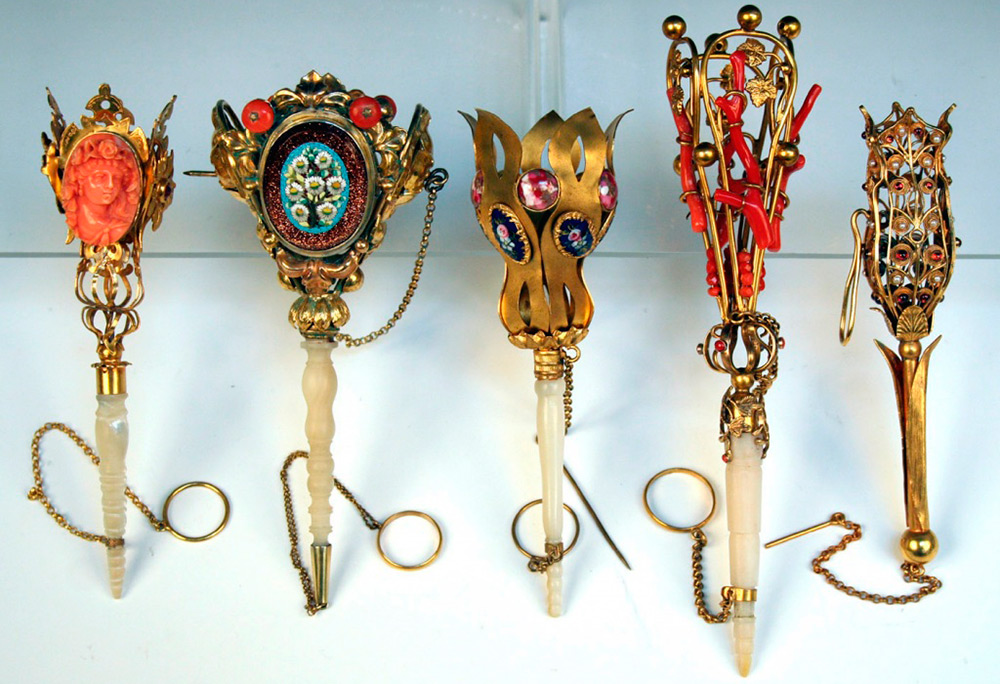
Sometimes, with the help of a bouquet, notes, an invitation to a ball, a walk, a secret meeting were transmitted. In this case, even how the lady took the bouquet mattered.If a lady kissed a bouquet, this meant her interest and inclination towards the person who gave the bouquet, but if the bouquet dangled indifferently on a chain, it was already clear that the donor had failed to make a good impression on the lady.
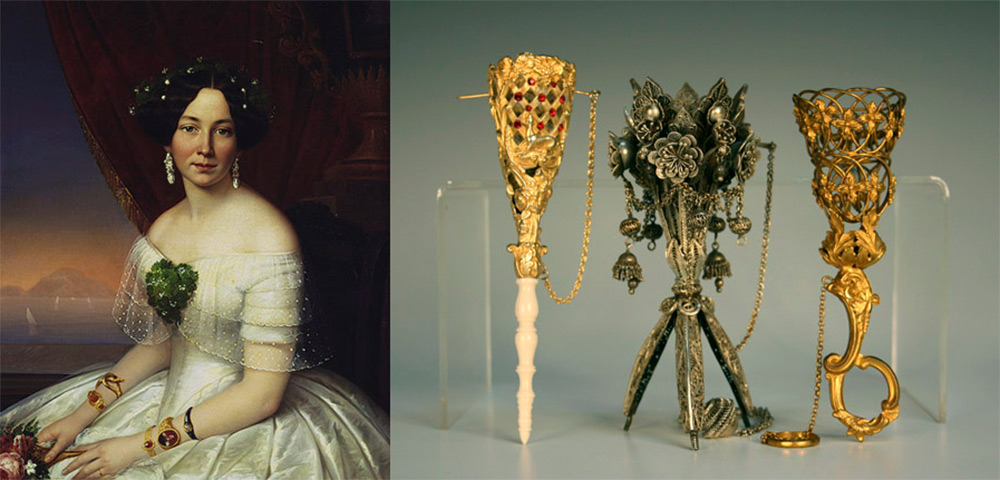
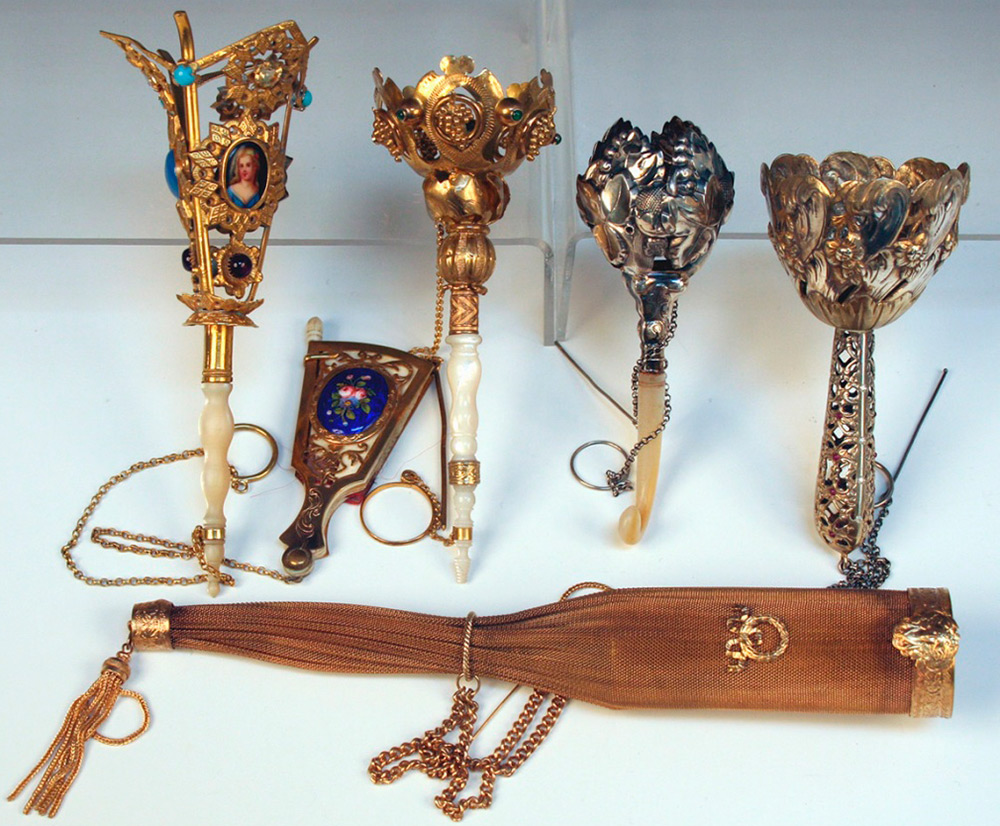
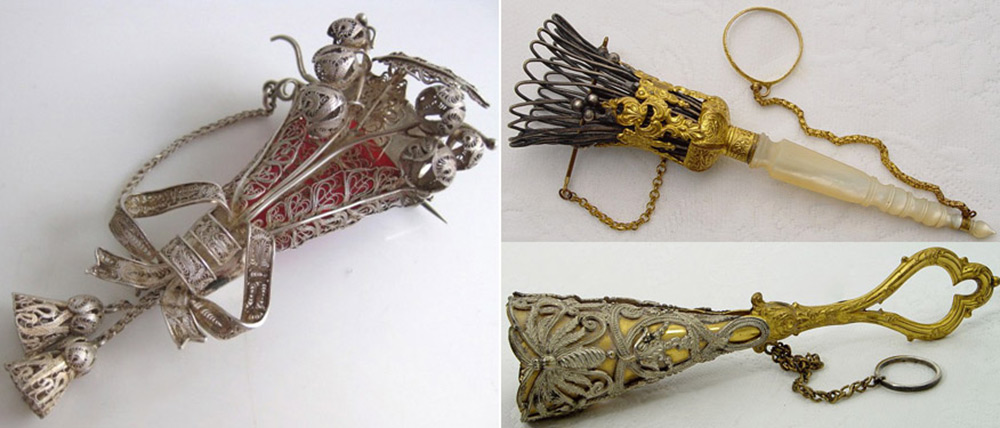
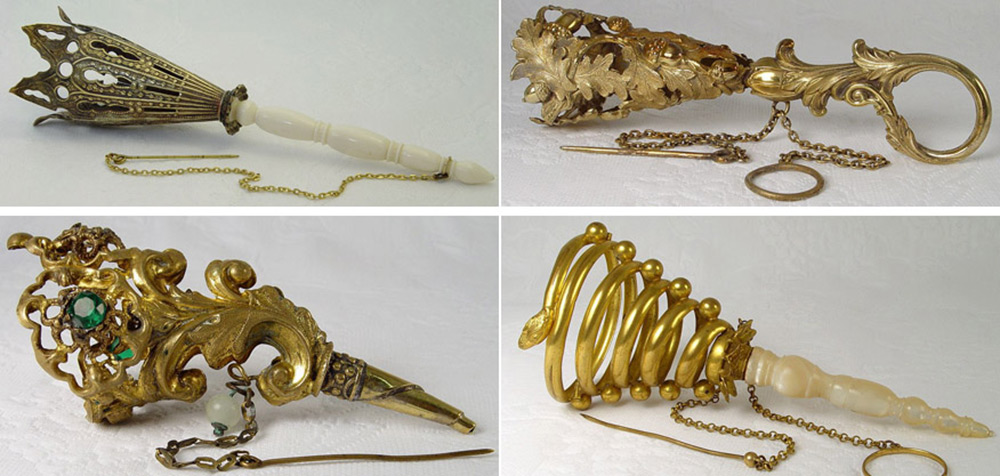
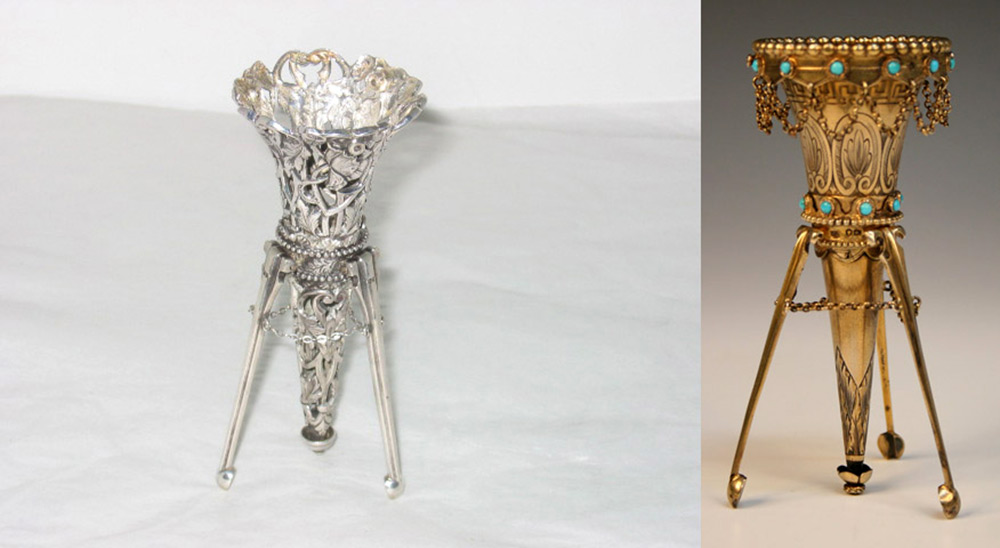
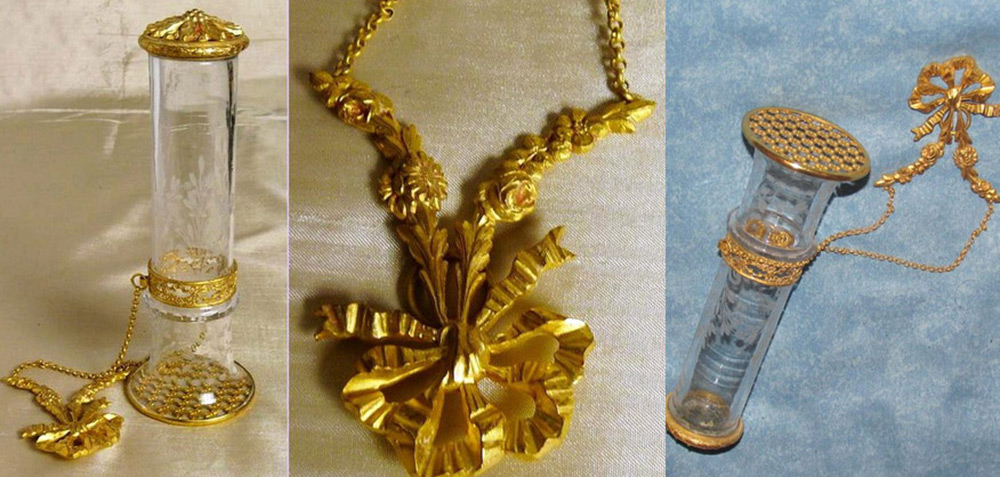
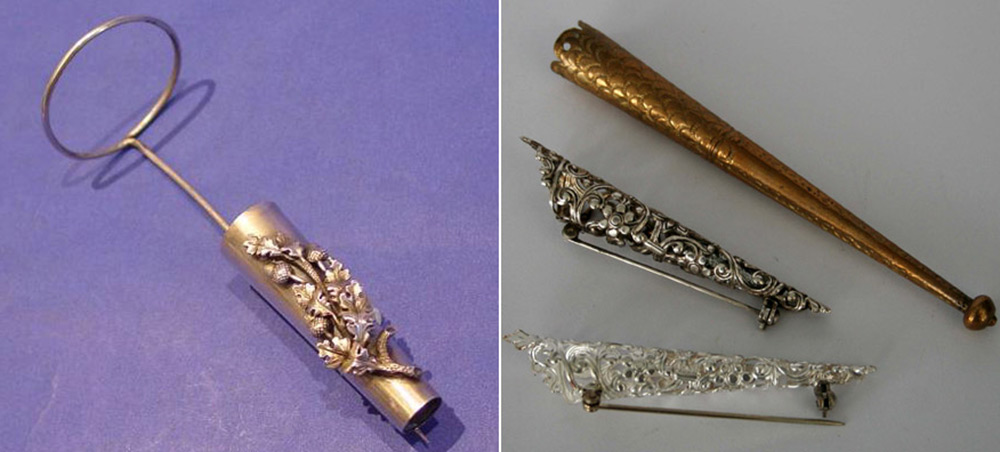
Comments and Reviews
Add a comment
Rating news
Shades of clothing that make women look younger
What shades of hair make women younger: rules and photos
Funny wedding dresses - photos and ideas
12 most expensive down jackets for the winter
How to look 25 at 40: tips from supermodels
Beautiful schoolgirls
Anti-aging haircuts and hairstyles for women
Fashionable skirts for autumn and winter
Fashionable women's trousers for the cold season
Fashionable and stylish sandals for summer 2024
Spring-summer 2024
 Fashionable dresses and tops with thin spaghetti straps
Fashionable dresses and tops with thin spaghetti straps
 Bandana tops: how to wear stylishly and beautifully
Bandana tops: how to wear stylishly and beautifully
 How to put together the perfect men's wardrobe for the summer
How to put together the perfect men's wardrobe for the summer
 Fashionable shorts for spring-summer 2024
Fashionable shorts for spring-summer 2024
 Fashionable skirts for spring-summer 2024: a guide to online shopping
Fashionable skirts for spring-summer 2024: a guide to online shopping
 The most fashionable dresses spring-summer 2024: styles and colors
The most fashionable dresses spring-summer 2024: styles and colors
 Fashionable total look 2024: ideas of images and trends
Fashionable total look 2024: ideas of images and trends
